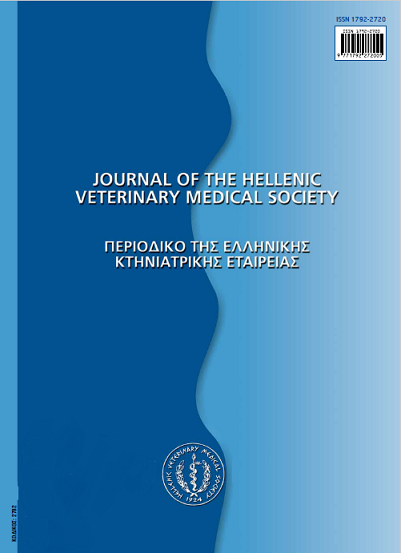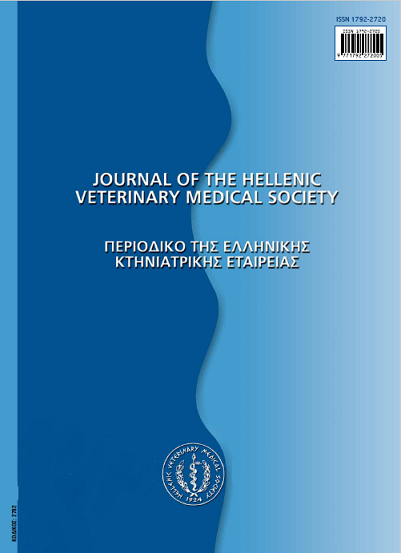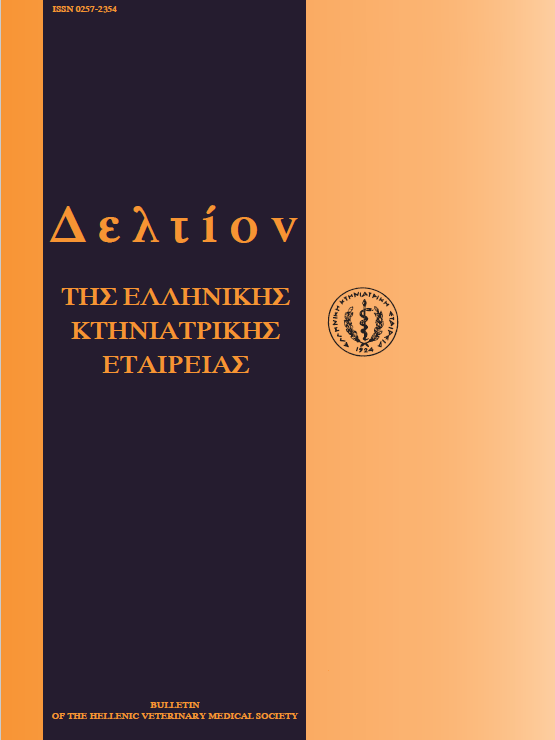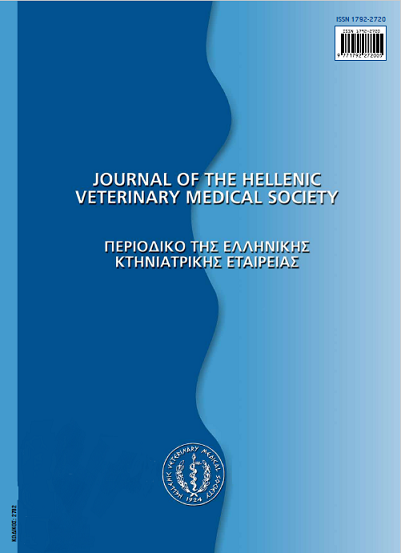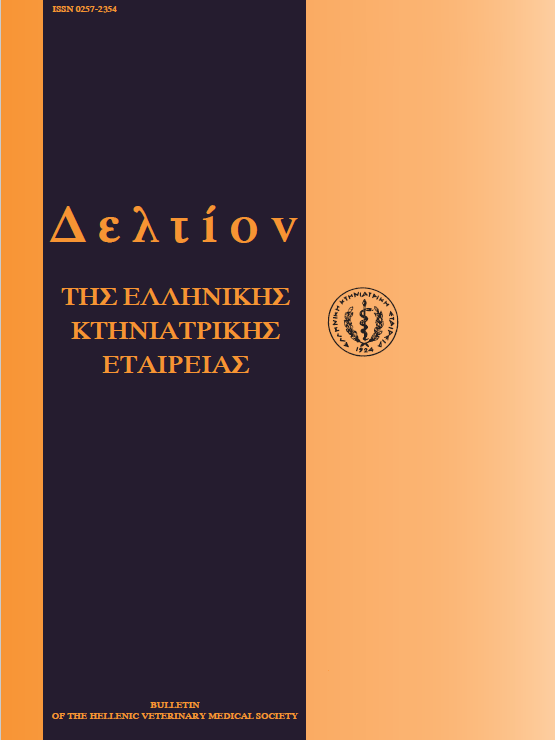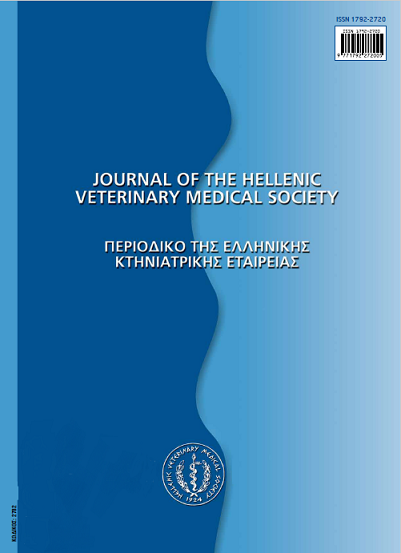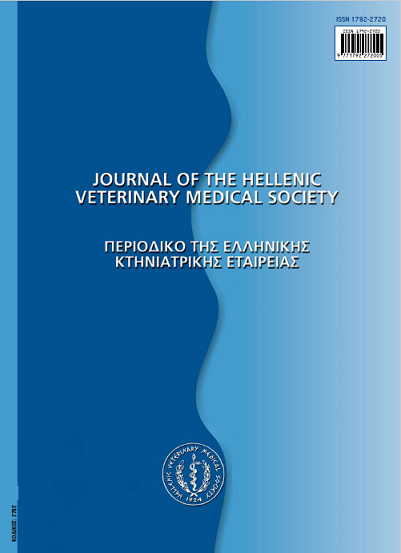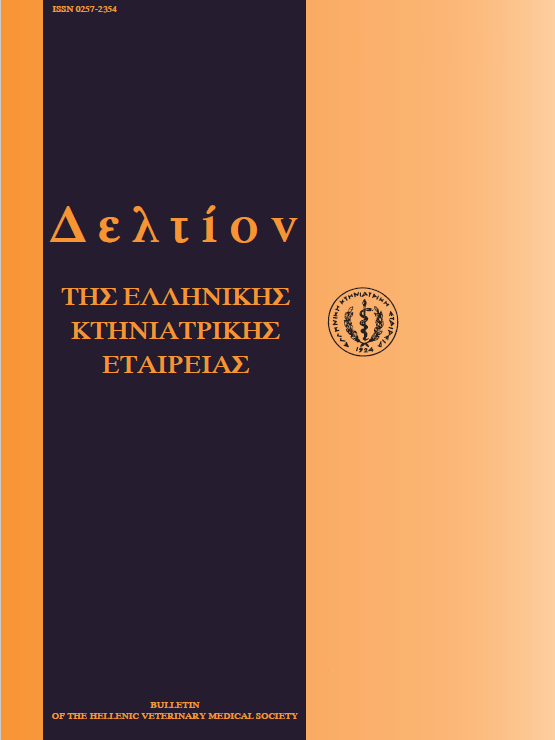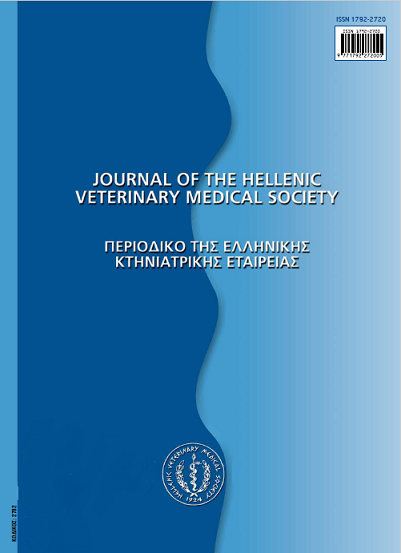Population dynamics of bee colonies located in airborne contaminated regions
Résumé
Effects of airborne contaminating (polluting) agents particularly Pb, on the population dynamics and brood rearing of bee colonies, were investigated. No significant differences were noted in the population dynamics and foraging habits of bees, between bee colonies located in urban areas with high levels of environmental pollutants and those situated in rural unburdened areas. Aerial pollutants at the City center hade high values, but they were lower than the upper accepted limits of the European Union. The lead (Pb) content of bee tissues, honey and pollen were found to be proportional to the location of the bee colonies, with significantly higher values recorded in urban areas. The same significant differences were noted in the Pb tissue content among foragers, domesticated bees, and larvae within the same colony. In urban areas the Pb tissue content was 4,05 ppm in 6-day old larvae, 5,90 in newly emerged bees, 8,80 in nurse bees and 6,80 in worker bees. On the contrary, the comparing values in rural areas were 1 ppm in 6- day old larvae, 1,90 in newly emerged bees, 1,90 in nurse bees and 0,70 in worker bees.
Article Details
- Comment citer
-
LIAKOS (Β. ΛΙΑΚΟΣ) V., POLIZOPOULOU (Ζ. ΠΟΛΥΖΟΠΟΥΛΟΥ) Z., & ROUBIES (Ν. ΡΟΥΜΠΙΕΣ) N. (2018). Population dynamics of bee colonies located in airborne contaminated regions. Journal of the Hellenic Veterinary Medical Society, 53(3), 219–227. https://doi.org/10.12681/jhvms.15376
- Numéro
- Vol. 53 No 3 (2002)
- Rubrique
- Research Articles

Ce travail est disponible sous licence Creative Commons Attribution - Pas d’Utilisation Commerciale 4.0 International.
Authors who publish with this journal agree to the following terms:
· Authors retain copyright and grant the journal right of first publication with the work simultaneously licensed under a Creative Commons Attribution Non-Commercial License that allows others to share the work with an acknowledgement of the work's authorship and initial publication in this journal.
· Authors are able to enter into separate, additional contractual arrangements for the non-exclusive distribution of the journal's published version of the work (e.g. post it to an institutional repository or publish it in a book), with an acknowledgement of its initial publication in this journal.
· Authors are permitted and encouraged to post their work online (preferably in institutional repositories or on their website) prior to and during the submission process, as it can lead to productive exchanges, as well as earlier and greater citation of published work.

